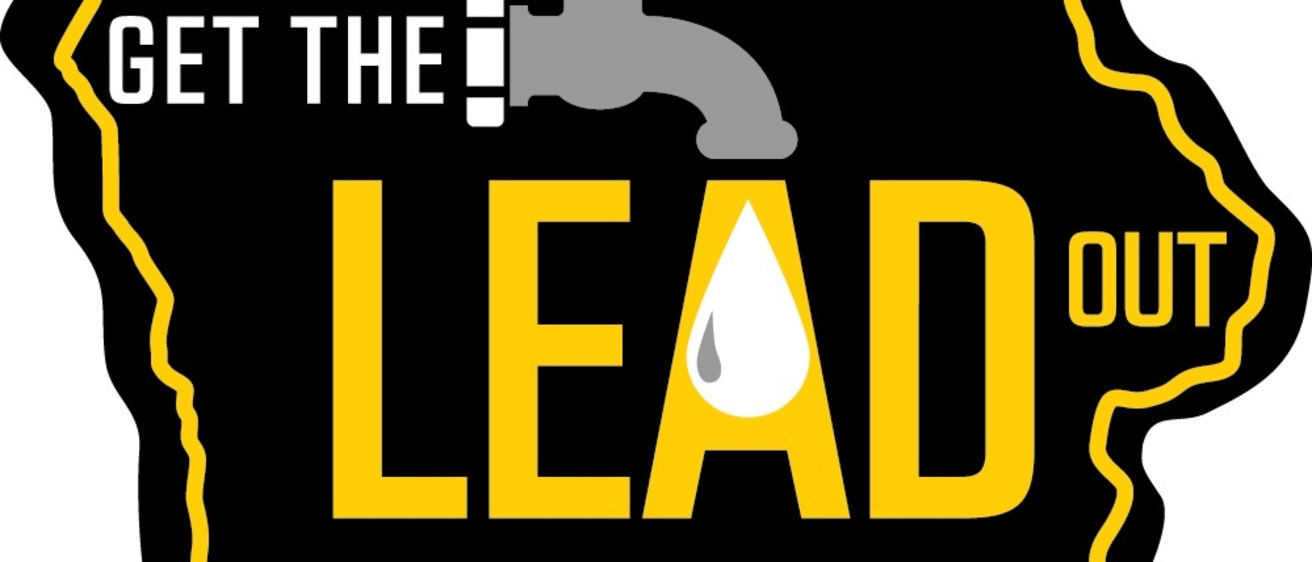Two engineering graduate students and their advisors at the University of Iowa are launching a campaign to Get the Lead Out of Iowans’ drinking water at the Iowa State Fair on August 17. Amina Grant and Danielle Hollingshead, two PhD students in the Department of Civil and Environmental Engineering Sustainable Water Development Graduate Program, have decided it’s time to figure out how much lead is in Iowans’ drinking water. Currently, federal regulations only require testing in a small portion of the homes in a public water system and there is no requirement (federal or state) for testing lead in most schools and daycares. In 2012, the Center for Disease Control (CDC) determined there is no safe level of lead for children and advocated for preventing all forms of lead exposure. With drinking water being identified a significant source of lead exposure, Amina and Danielle decided we simply need to start measuring it.
The students, along with their advisors (Michelle Scherer and Drew Latta) are partnering with The University of Iowa Center for Health Effects of Environmental Contamination (CHEEC) to start measuring lead in homes and schools. For homes, the group is offering free lead test kits that can be used to collect water samples for lead testing at The University of Iowa. For schools, CHEEC has released a Grants to Schools Program to measure lead in schools and provide support to help with the removal and replacement of drinking water outlets that have unsafe levels of lead (cheec.uiowa.edu). Their Get the Lead Out booth at the State Fair will have a display of common sources of lead in home plumbing, information on how to get a free lead test kit (simply email get-the-lead-out@uiowa.edu and request one), and an interactive game to teach children about lead prevention. To learn more about the Get the Lead Out Campaign, visit Amina, Danielle, Michelle, and Drew at The University of Iowa Booth in the Varied Industries Building at the Iowa State Fair on Saturday, August 17.
Visit our booth on Aug. 17 at the #IowaStateFair, sign up for a free drinking water lead test kit, and let's Get the Lead Out of our water.
Other points of interest:
- The most common sources of lead in drinking water are lead pipes, faucets, and fixtures.
- You cannot see, taste, or smell lead in drinking water. The only way to know whether your tap water contains lead is to have it tested.
- There is no safe level of lead for children. Lead affects a child’s brain, influencing his or her IQ and ability to pay attention and learn.
- Iowa community water systems are estimated to have 160,000 lead service lines. A lead service line connects a home to the public water main and can be a significant source of lead.
